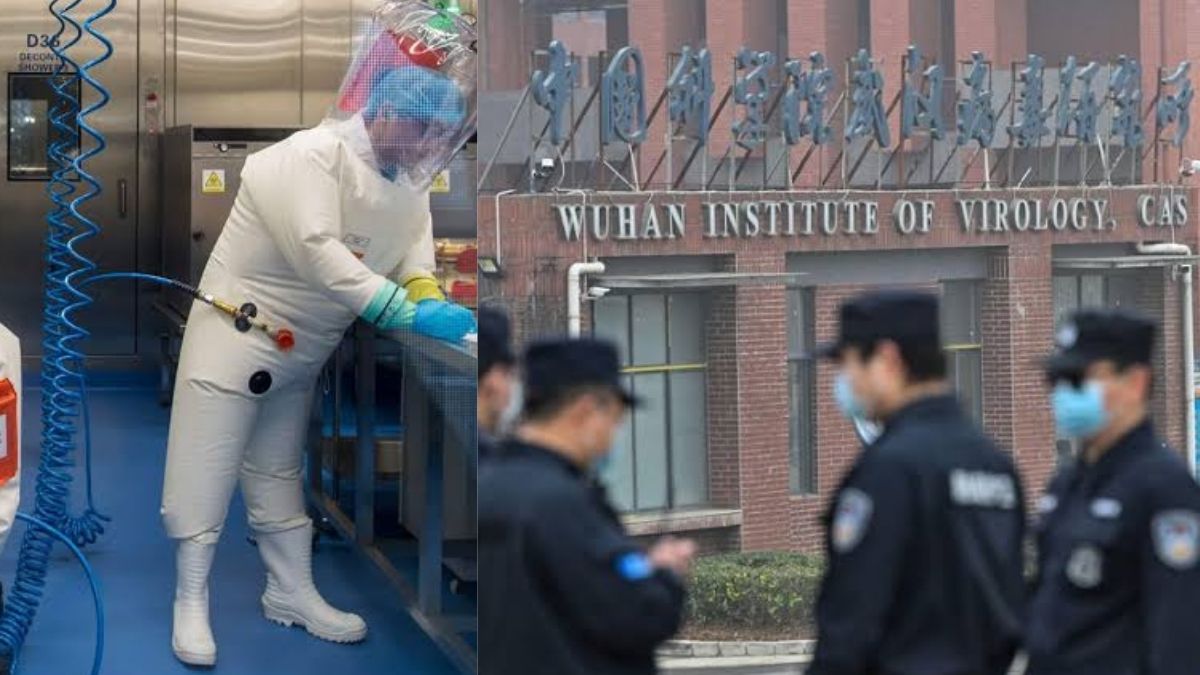 courtesy: slate.com
courtesy: slate.com
A new footage from the Wuhan Institute of Virology in China has been revealed that live bats were kept in cages despite the WHO’s claim that such a possibility was a conspiracy, reigniting a debate on the origins of the COVID-19 virus.
The infamous lab has been at the center of a theory that COVID-19 wasn’t, as many scientists believe, transmitted from bats to people via an unknown intermediary, but is believed that it was leaked from the institute, intentionally or not.
WHO and China has started a joint investigation into the origins of the disease which had called a chance of a laboratory leak ‘extremely unlikely’ and the idea that bats were held in the institute has been called an error.
Member of the WHO team, zoologist Dr. Peter Daszak, wrote in a tweet in December that no bats were sent to Wuhan lab for genetic analysis of viruses collected in the field. He mentioned that it was not how science works. They collect bat samples and send it to the lab. He said that they released the bats where they were caught by them.
Dr. Shi Zhengli said to New York Times that how was it possible for them to offer any evidence for something that has no evidence. She mentioned to the US daily that she does not know how the world had come to this where it constantly poured filth over an innocent scientist.
The hypothesis of the leak had been floated earlier during the global outbreak, but it was widely dismissed as a conspiracy theory.
But it has been recently brought back to the attention as fuelled by the reports that three researchers from the Wuhan Institute of Virology became sick in 2019 after visiting a bat cave in the southwestern Chinese province of Yunnan.
Shi is an expert in bat coronaviruses and some scientific have said she could have been leading the so-called gain of function experiments in which scientists increase the strength of a virus to better study it’s effect on the hosts.
In 2017, according to the New York Times, Shi and her colleagues at the Wuhan laboratory published a report on an experiment in which they created new hybrid bat coronavirus by mixing and matching parts of several existing ones including the one that was transmissible to humans, in order to study their ability to infect and replicate in human cells.
Shi had said that the experiments differed from gain-of-function experiments since they did not seek to make a virus more dangerous than it was. Instead they were trying to understand how a virus might jump across species.
